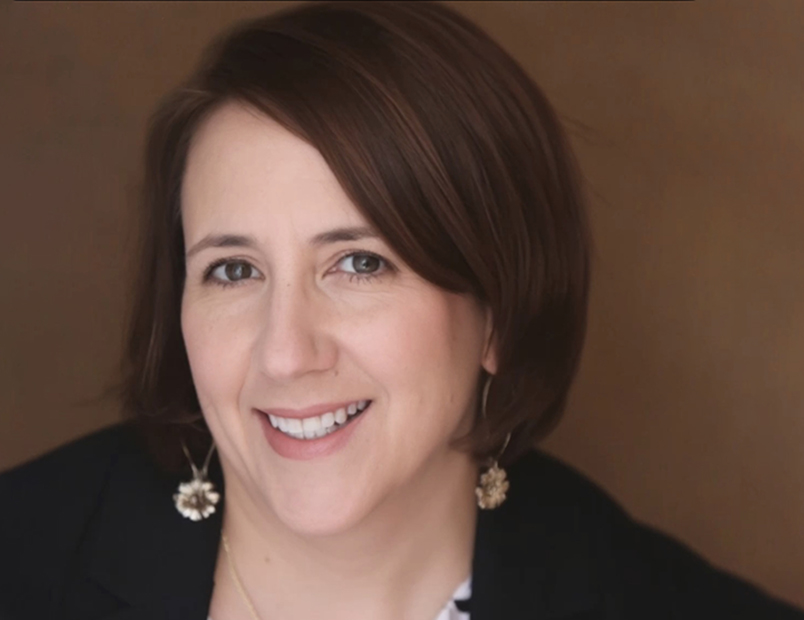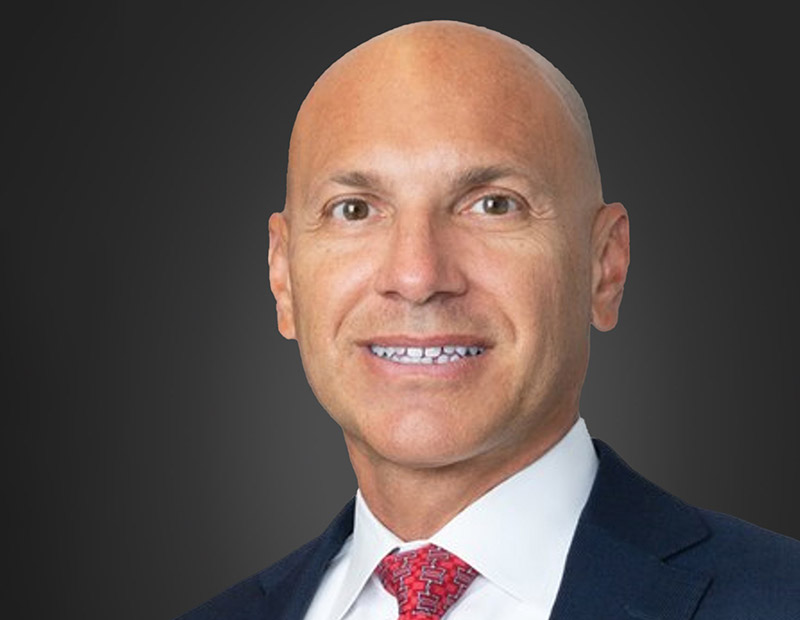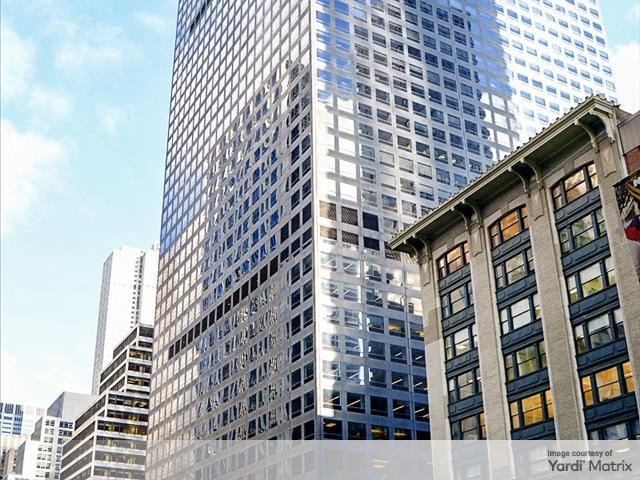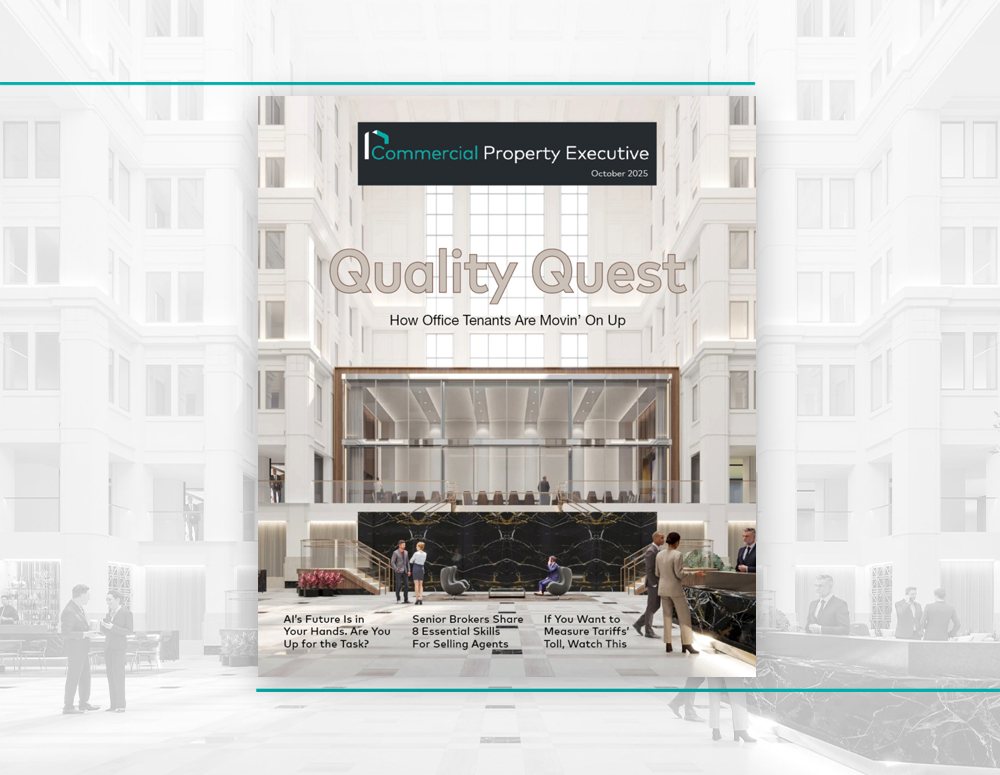Capital Ideas: K It Ain’t So
What the K-shaped economy means for CRE.

The Fed’s decision to lower short-term rates 25 bps two weeks ago led to a burst of confidence in commercial real estate and throughout the economy. But now that the initial excitement has cooled, economists have begun focusing on the fine print: The Fed lowered rates due to concerns about the job market and creeping (hopefully temporary) inflation à la tariffs. Consumption, while elevated, is concentrated in high-end goods.
These conditions are allowing economists to say with the greater confidence that the K-shaped economy—or K-shaped recovery if you prefer—is back and it’s expected to get worse.
LIKE THIS CONTENT? Subscribe to the CPE Capital Markets Newsletter
If you recall, the K-shaped metaphor first emerged in 2020. People with greater means were in a position to recover faster from the pandemic’s economic impacts than those with less wealth. Starting in 2021, government stimulus (and near zero interest rates) helped pump up the middle class and narrow the gap between the wealthy and the not-so, and the overall economy began thriving before actually overheating in 2022.
But recently, without any such stimulus in sight, the phenomenon of a bifurcated economy, with the rich getting richer due to investment gains and tax cuts and the middle- and lower-income sectors struggling with rising prices and fewer benefits, has become pronounced once again and is likely to be a drag on the economy overall.
On the bright side, the AI boom is creating a positive shock and offsetting some of the weakness in the job market. In CRE, office leasing is recovering rapidly in New York and San Francisco due to tech company growth, and San Francisco is the leading market for multifamily renewals, according to Yardi Matrix.
But, the growth in tech-related areas of the economy could be “masking” what’s happening on Main Street, according to Navy Federal Credit Union Chief Economist Heather Long.
“The middle class—they can pay their bills, but there’s no excess savings left,” Long said during a podcast episode with Moody’s that aired last week. I recommend giving it a watch.
Reduced consumer buying power is likely to spell trouble for “middle-class brands,” Long said. That impact, if sustained, would be felt in the real estate that serves those brands whether that be retail, logistics real estate and or office space. In multifamily, rent growth and the new household formations needed to absorb all the new supply would slow.
So what does a K-shaped economy mean going forward? For starters, it makes further cuts to the Fed Funds rate more likely. That could help alleviate some discomfort for middle-brand consumers. And more rate cuts could have a positive impact on all-important Treasury rates and investor sentiment, but not if the underlying message behind the cuts is the job market is getting weaker and inflation is rising.
A lot is riding on whether tariffs are a one-time hit to consumers, as Fed Chair Powell indicated could be the case while announcing last month’s rate cut, or if their impacts are much deeper. The impacts of tariffs have not been fully felt in the equities markets or the bond markets, either. I recommend reading Sabina Reeves’s Economist View column on tariffs that appeared in our Digital Edition for more on that.







You must be logged in to post a comment.